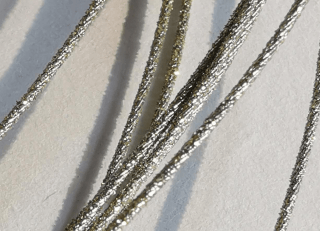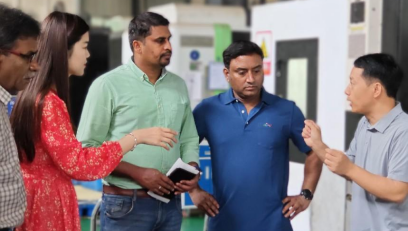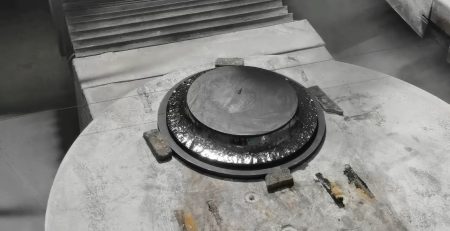従来の太陽電池製造プロセス
従来の太陽電池製造プロセス
Before we always described the manufacturing principle and processing process of silicon wafers, today we will describe the production process of traditional solar cells.

Traditional cell production can be mainly summarized into 6 ステップス. 従来のセル製造プロセスの観点から, 要約すると、次の6つのステップになります:
1) クリーニングとテクスチャリング, 主な目的は、シリコンウェーハの表面に吸着したさまざまな汚染物質を除去することです, and to remove the cutting damage layer on the surface of the silicon wafer;
The principle of light trapping is used to reduce the reflectivity of the battery surface. The uneven surface can increase the secondary reflection, change the optical path and the incident method, increase the absorption of light, increase the short-circuit current, and then improve the conversion efficiency of the battery.
その中で, due to the difference in the crystal structure of single polycrystalline and polycrystalline silicon cells, taking into account the efficiency factor, the polycrystalline silicon cell is made of acid, and the textured surface is an irregular concave and convex surface;
The monocrystalline silicon battery is made of alkali texture, and the textured surface is a regular pyramid structure;

2) Diffusion, the main purpose is to form a PN junction, which is the heart of cell manufacturing, making the cell functional.
P-type silicon wafers need phosphorus diffusion. Liquid phosphorus source phosphorus oxychloride is the mainstream choice for phosphorus diffusion.
The main reason is that the liquid phosphorus source diffusion has the advantages of high production efficiency, good stability, uniform and smooth PN junction and good diffusion layer surface;
N-type silicon wafers need boron diffusion. 目下, the liquid sources of boron diffusion mainly include trimethyl borate, tripropyl borate and boron tribromide. Boron expansion is more difficult than phosphorus expansion.
The main reason is that the solid solubility of boron in silicon is low, and the actual boron diffusion temperature needs to reach 900~1100 degrees Celsius;
3) Etching (dephosphorization silicon glass), in the diffusion process, the side and back edges of the silicon wafer are not blocked, and phosphorus will also be diffused.
Photogenerated electrons collected on the front side of the PN junction flow to the back side of the PN junction along the area where phosphorus is diffused along the edges, causing a short circuit and failing the cell.
The etching process is to remove the part with phosphorus on the edge of the silicon wafer to avoid short circuit of the PN junction and reduce the parallel resistance;
4) Coating, mainly to play
a) Anti-reflection effect, improve the absorption of sunlight by the cells, increase the photo-generated current, and thus improve the conversion efficiency;
b) Passivation, the passivation of the cell surface by the hydrogen in the film reduces the surface recombination rate of the emitter junction and increases the open circuit voltage, thereby improving the conversion efficiency. Common coating technologies in photovoltaic cells include PECVD, LPCVD, PVD, ALD, 等。;
5) Screen printing, the main function is to collect current for solar cells and manufacture electrodes, of which the first backside silver electrode, the second backside aluminum backfield printing and drying, and the third frontside silver electrode printing;
6) Sintering, that is, sintering the electrodes printed on the surface of the cell at high temperature to form ohmic contact between the electrode and the silicon wafer itself, improve the open circuit voltage and fill factor of the cell, and make the electrode contact have resistance characteristics to achieve high conversion efficiency.
It is not difficult to see from the cell production process that the better the cutting surface in the early production of silicon wafers, the easier it is to process the cells later. The silicon wafer processing technology must not only improve the cutting surface from the cutting of the silicon wafer, but also pay attention to the cutting surface from the silicon ingot, and improve step by step to obtain a better silicon surface.



